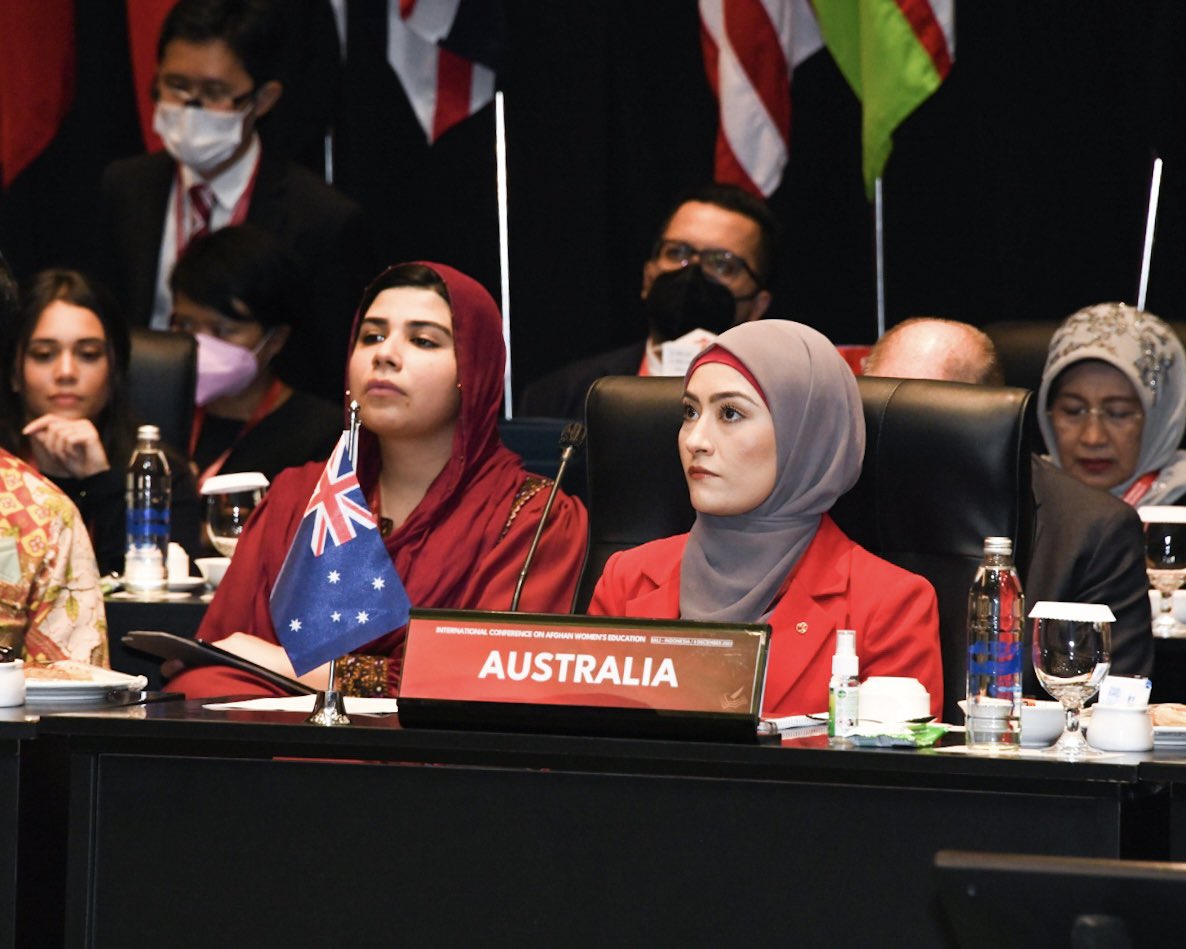Frank Bongiorno, Australian National University, The Conversation
Senator Fatima Payman’s defection over Labor Party policy on statehood for the Palestinians has generated wider discussion about the written and unwritten rules of Australian politics. One of those involves the vexed question of the role of religious faith.
Scott Morrison’s prime ministership inevitably raised it. Morrison did not hide his evangelical Christianity. His strange memoir revived the issue because it showed Morrison’s faith was not incidental to his politics. By his own account at least, faith was its organising principle.
So far as I’m aware, Morrison’s Christianity was not understood as a threat to social cohesion – weird, certainly, but not dangerous in that way. Those who talked up its dangers were often treated as engaging in hyperbole, or even hypocrisy – since Kevin Rudd’s Christianity did not receive the same level of scrutiny or criticism.
The context for Albanese’s commentary was Payman’s defection, and reports that she had been in contact with an organisation called The Muslim Vote, which intends organising candidates in Labor-held seats with large numbers of voters of this faith:
I don’t think and don’t want Australia to go down the road of faith-based political parties because all that will do is undermine social cohesion. It seems to me, as well, beyond obvious that it’s not in the interest of small and minority groups to isolate themselves – which is what a faith-based party system would do.
Even a cursory glance at the historical record indicates a long list of Australian minor parties that were explicitly Christian. Albanese probably disliked each and every one of them, but they have not usually attracted his adverse notice. The parties used by Fred Nile and his wife Elaine – Call to Australia and the Christian Democratic Party – to get themselves elected to the New South Wales Legislative Council are among the best known, but there were many others.
There was a Protestant Independent Labor Party in the 1920s, active mainly in New South Wales, formed by Walter Skelton. He was able to take advantage of a short-lived experiment in multi-member constituencies and proportional representation to get himself a Legislative Assembly seat. Skelton was elected at a time when religious sectarianism was often vicious, and frequently spilt over into mainstream political contention.
Politicians of the centre right – then concentrated in the Nationalist Party – harvested the issue for votes. The most notorious of them was Thomas Ley, a minister in the New South Wales state government and later a federal parliamentarian. He moved on from a career in parliamentary politics and Catholic-baiting to one in crime. Ley was widely suspected of killing a political opponent in 1925 and later, in England, he was convicted of a murder.
Religious sectarianism – essentially conflict between Catholics and Protestants – was once a drain on Australia’s social cohesion. As Australia’s party system emerged, the Labor Party was disproportionately Catholic. Meanwhile, its non-Labor rival – operating under various names before settling on “Liberal” in 1944 – was overwhelmingly Protestant in composition if not invariably in electoral support.
“Be careful, boys. Here comes the Papist”, Robert Menzies would joke in the presence of John Cramer, a rare Catholic bird in the Liberal nest. It is only in recent decades that some Catholics have been able to find a more comfortable home in the Liberal Party.
Two of Labor’s three great splits of the 20th century were deeply influenced by religious sectarianism: in 1916, over conscription for overseas service, and in 1955, over such matters as policy towards communism and the Catholic Church’s involvement in labour movement affairs. The breakaway party that emerged from the latter split, the Democratic Labor Party (DLP), was ostensibly secular but Catholic in all but name.
Albanese undoubtedly has a genuine objection to faith-based political parties. He is a mainstream politician with secular leanings and a strong commitment to existing social and political institutions. It is nonetheless hard to escape the impression that what is most alarming for critics is not merely that the party might be faith-based as such, but that it would register a Muslim political identity. That would challenge authorised ways of imagining political identity in Australia.
Australia’s multiculturalism worries over the place of Muslims in Australian society. The country calls itself secular, but retains a Christian identity in culturally ambiguous but nonetheless tangible ways.
Muslims are commended when they conform to the role of model minority in such a society. Explicit support for “Australian values” is regularly demanded of them in a way no Christian migrant group experiences. A key measure of community integration is understood as absorption into the existing political institutions of the country. For Albanese, that includes his beloved Labor Party.
Talk of a Muslim party or political movement is seen to challenge social cohesion. It does not conform with a key demand made of people of Muslim faith: that they accept the existing rules of political engagement. Here is a conservative face of multiculturalism, as discussed by scholars such as Ghassan Hage. The rules migrant communities are expected to follow are overwhelmingly the handiwork of the host society, not of migrants.
The most serious challenges for Australia’s political system and social cohesion are not the prospect of a Muslim party or political movement. It may well go the same way as the plethora of minor Christian parties of the past.
Rather, it is how we can make our political system work in a way that responds effectively to the cultural diversity of our society while preserving what is most authentically democratic about it. We certainly can’t do that if we insist that only some of us get a say in making the rules.![]()
Frank Bongiorno, Professor of History, ANU College of Arts and Social Sciences, Australian National University
This article is republished from The Conversation under a Creative Commons license. Read the original article.






















